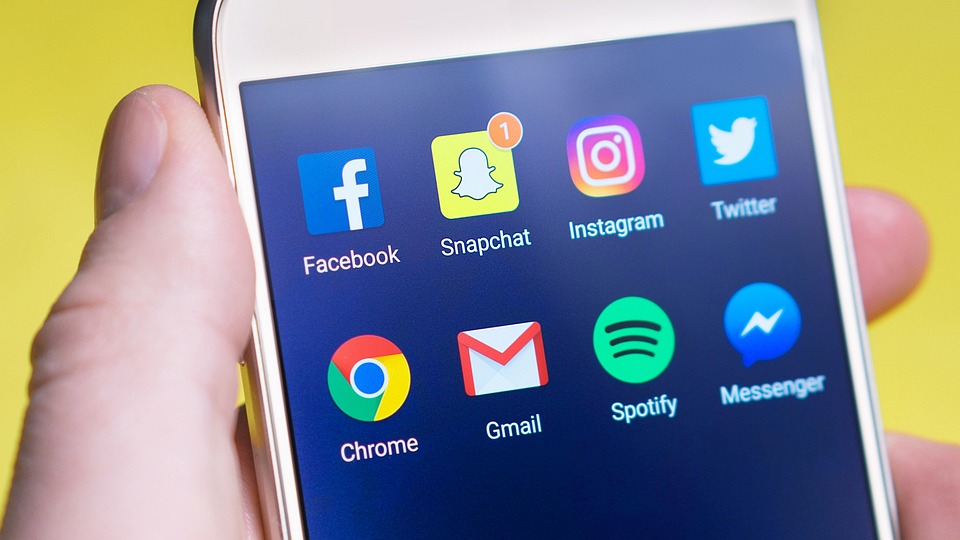
With summer here and most schools out of session, many youth are left to fend for themselves during the day while their parents or caregivers are at work. My husband calls it “the summer of sloth” at our house, because our kids sit around and play on their phones and computers or watch television for a large part of the day. Electronic devices and technology enable people to access information in a matter of seconds, communicate with people all over the world, and enjoy numerous forms of entertainment, yet devices may also be detrimental not only to our physical health, but also our mental health.
One obvious side-effect of technology is decreased physical activity. Years of research indicates inactivity is related to a higher risk for many diseases and illnesses. Heart disease, including coronary artery disease and heart attack, high blood pressure, high cholesterol, stroke, metabolic syndrome, type 2 diabetes, obesity, osteoporosis, and certain cancers are more likely to occur in people who are sedentary. Other physical effects of technology use include eye strain, hearing loss, neck and back pain, and hand pain, numbness, and tingling. When using your devices, pay attention to your posture, take breaks from your devices, and do some light stretching or other type of exercise or activity to help mitigate some of negative side-effects.
Many of us enjoy using social media to stay in touch with people we don’t see regularly or to catch up on the latest trends or news, but for some people, social media can negatively impact their mental health. Teens and young adult, for example, are especially susceptible to some of the negative side-effects of social media use, such as social isolation, feelings of inadequacy, depression, anxiety, cyber-bullying, rejection, disordered eating, sleep disturbances, memory problems, decreased attention span, digital self-harm, and poor school and work performance. Of course, not all teens and young adults will have a negative experience with social media. Research suggests that young people who are popular or more well-adjusted tend to have more positive experiences with social media than those who are not considered popular or who may be less well-adjusted.
There are many things parents and adults can do to help young people navigate and manage social media. The American Academy of Pediatrics gives the following suggestions for parents:

- Make your own family media use plan;
- Treat media as you would any other environment in your child’s life;
- Set limits and encourage playtime
- Screen time shouldn’t always be alone time;
- Be a good role of tech use;
- Have face to face interactions with family members;
- Limit digital media for your youngest family members.
- Create tech-free spaces in your home
- Apps for kids – do your homework.
- It’s OK for your teen to be online.
- Warn children about the importance of privacy and the dangers of predators and sexting.
- Remember: Kids will be kids, so be aware of their online activities
Technology and social media are an integral part of most people’s lives, and especially young people. It can be a wonderful tool for learning and connecting to others when used in moderation. Nothing ]replaces the face-to-face interactions that we as human-beings require to learn and understand many important social and emotional cues and skills. If you need help in reducing the amount of time you or your family members spend with screens, check out this blog about digital detoxing by one of my colleagues.
